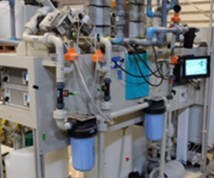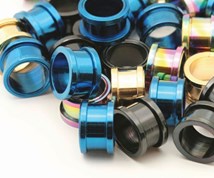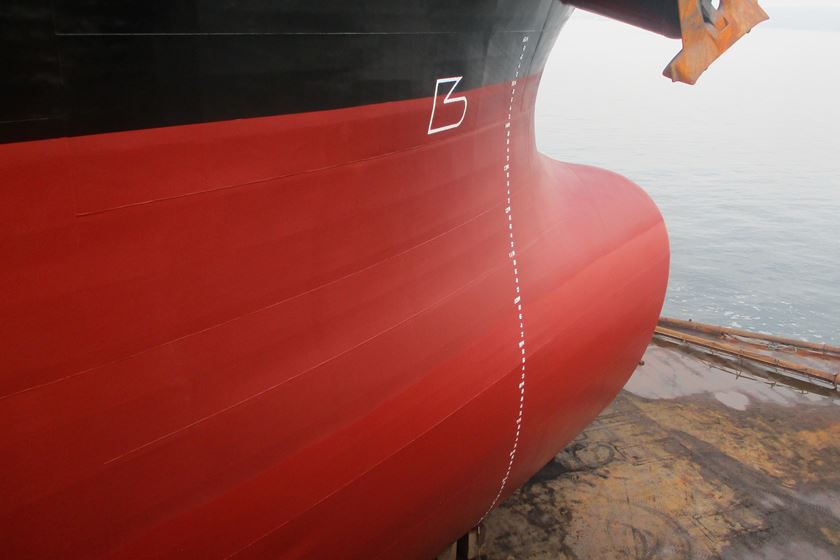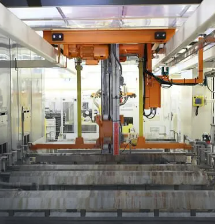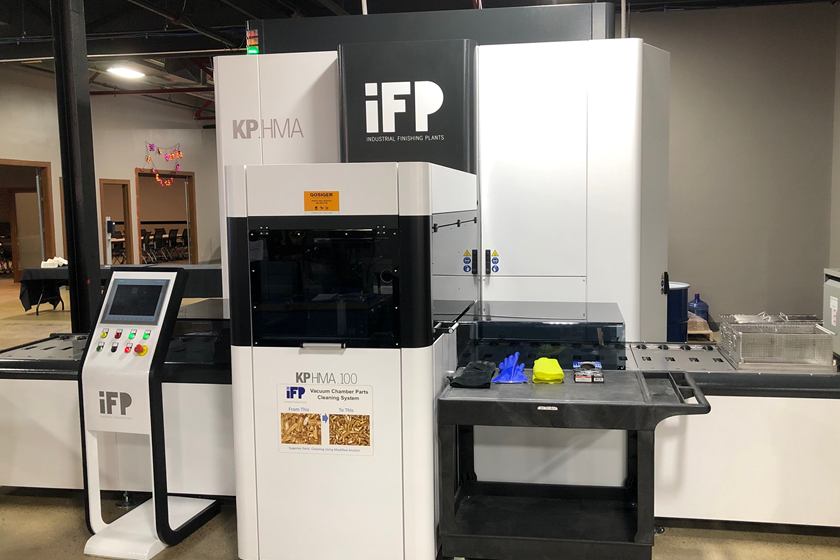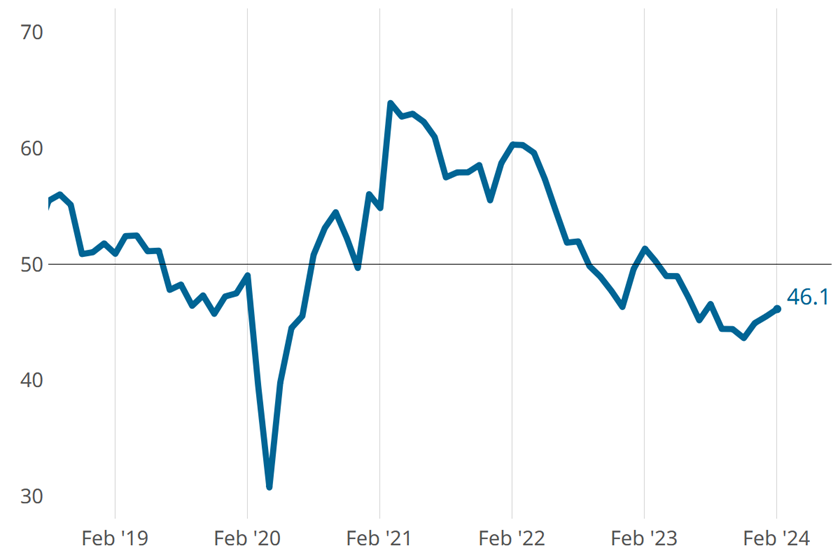Identifying Plated Deposits
Is there an easy method for determining the metal in a plated deposit?
Q. Is there an easy method for determining the metal in a plated deposit? We have to strip deposits from steel-based substrates and find that we sometimes have difficulty identifying the plated deposits. –S.W.
A. In this age of sophisticated instrumentation most people think that so-called “wet chemistry” methods for identifying coatings are from the “dark ages.” (I personally would like to see an iPhone or Android application developed to do this!) But while we wait for these apps to be developed, here is a process using simple wet chemistry that will give you the information you require. (Precious metals are not identified in this procedure.)
Featured Content
Table 1: Insert plated deposit in warm 50-percent-by-volume nitric acid. Observe the color of the nitric acid solution.
|
Not Attacked |
Attacked (see Table 3) |
|
Aluminum Chromium Gold Palladium Platinum Rhodium |
Blue (copper) Green (brass or nickel) Yellow (bronze or iron) Colorless (cadmium, indium, lead, silver or zinc) Cloudy (tin or tin alloys) |
Table 2: Insert plated deposit in warm concentrated hydrochloric acid. Observe the color of the hydrochloric acid solution.
|
Not Attacked |
Attacked |
|
Gold Palladium Platinum Rhodium |
Colorless (aluminum) Green (chromium)
|
Table 3: Color of nitric acid solution
|
Yellow (bronze or iron) |
Add ammonia to solution until red litmus turns blue. Reddish/brown precipitate indicates iron. No precipitate deposit indicates bronze. |
|
Green (brass or nickel) |
Add ammonia to solution until red litmus turns blue. Add a few drops of dimethylglyoxime in ethanol. Red precipitate indicates nickel. No precipitate deposit indicates brass. |
|
Colorless |
Add drop of concentrated hydrochloric acid. Cloudy formation indicates silver. If no silver present, add one drop concentrated sulfuric acid. White precipitate indicates lead. If no lead present, add ammonia to nitric acid solution until red litmus turns blue. White precipitate indicates indium. If no indium present, add ammonia until red litmus turns blue. Add 10 drops sodium sulfide solution. Yellow precipitate indicates cadmium, white precipitate indicates zinc. |
|
Cloudy |
Most likely tin or tin alloys. |
RELATED CONTENT
-
Copper Plating on Aluminum and Aluminum Alloys
How can I plate copper on aluminum?
-
Smut and Desmutting
Question: I am new to this industry and have heard about smut and desmutting operations.
-
A Chromium Plating Overview
An overview of decorative and hard chromium electroplating processes.



